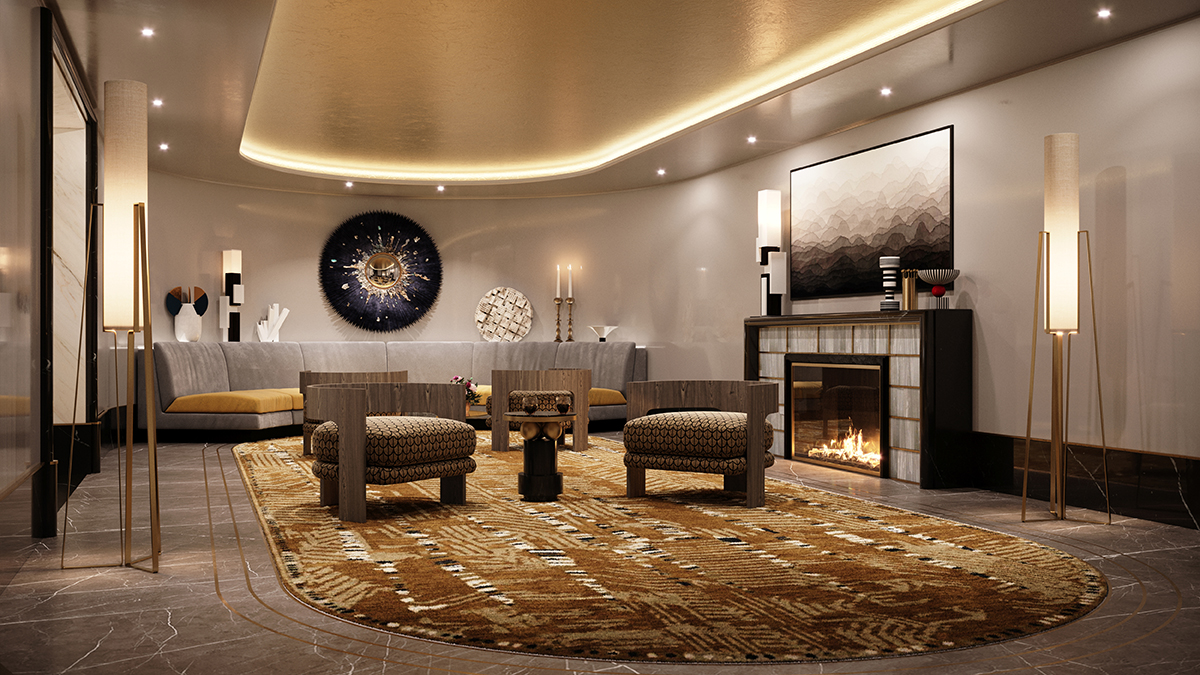
An artwork by Minjung Kim installed over the fireplace in the residential side entrance lounge of the Waldorf Astoria
LUX Contributing Editor Simon de Pury is also an auctioneer, art dealer, curator, photographer and DJ. He was most recently commissioned to curate a collection of art for the newly restored Waldorf Astoria in New York, which will open to residents in 2022. Here, he discusses the project’s concept and challenges, and his favourite places to see art

Simon de Pury
1. Where does your curatorial process generally begin?
Once the topic of an exhibition is defined you go about making in your head your dream selection. The minute this is done you answer as many practical questions as possible in order to produce a cost estimate and a timeline. The rest is all implementation.
Follow LUX on Instagram: luxthemagazine
2. Can you tell us more about your concept for the Waldorf Astoria?
The concept for the Waldorf Astoria was dictated by its own history, and by the design that Jean-Louis Deniot had conceived for it. It was the owner’s wish to work entirely with original works done specifically with the space in mind.

An artwork by Philippe Decrauzat from the Waldorf Astoria collection.
3. How do you see the artworks interacting with the building’s architecture and history?
The proof will be in the pudding. Both the owners and the designer wanted artworks that would blend seamlessly into the Art Deco architecture of the building and the interior design that had been devised for it. They gave a clear preference for subdued colours and abstract works.
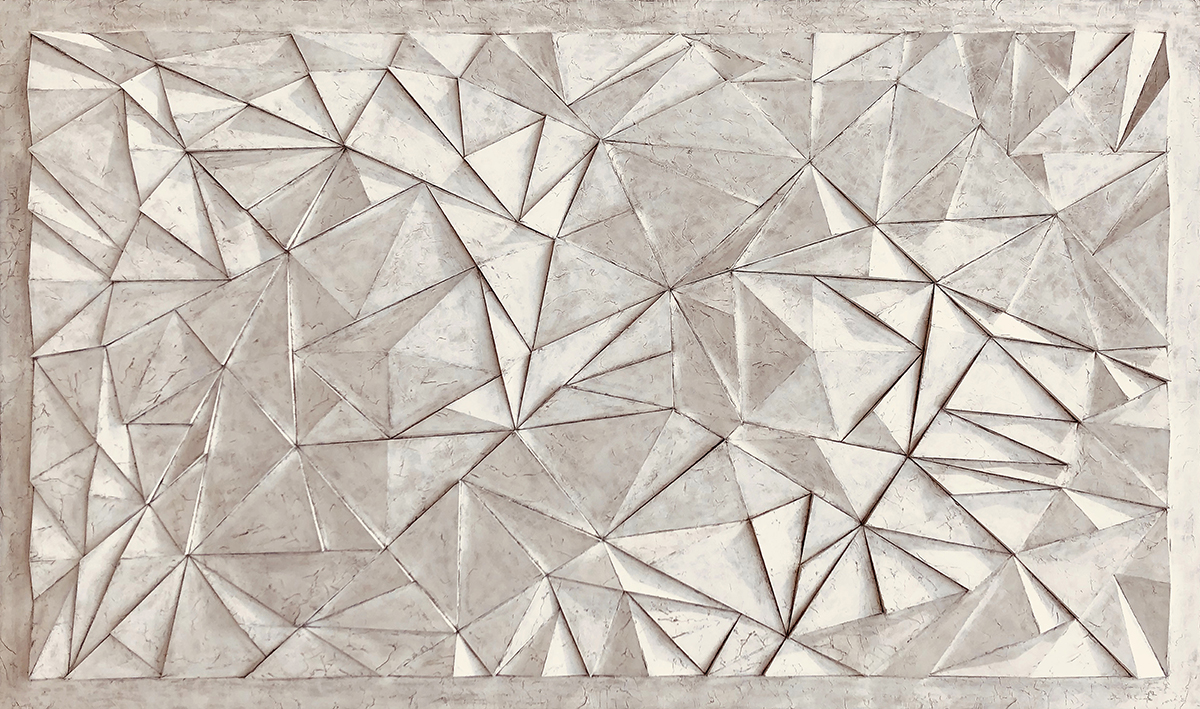
An artwork by Benjamin Ple from the Waldorf Astoria collection.
4. What’s the most challenging aspect of this particular project?
There is an abundance of rising artists in the world, so narrowing our focus to a select few was certainly a challenge, and a luxury.
Read more: Richard Mille’s collaboration with Benjamin Millepied & Thomas Roussel
5. If you had to choose one piece from the collection, what would it be and why?
I have a particular fondness for the work of Minjung Kim. Her technique is uniquely refined and her work combines her Asian cultural heritage sensibility with a feminine sensibility. I like every work she has done for the Waldorf Astoria and would be hard-pressed to pick one.
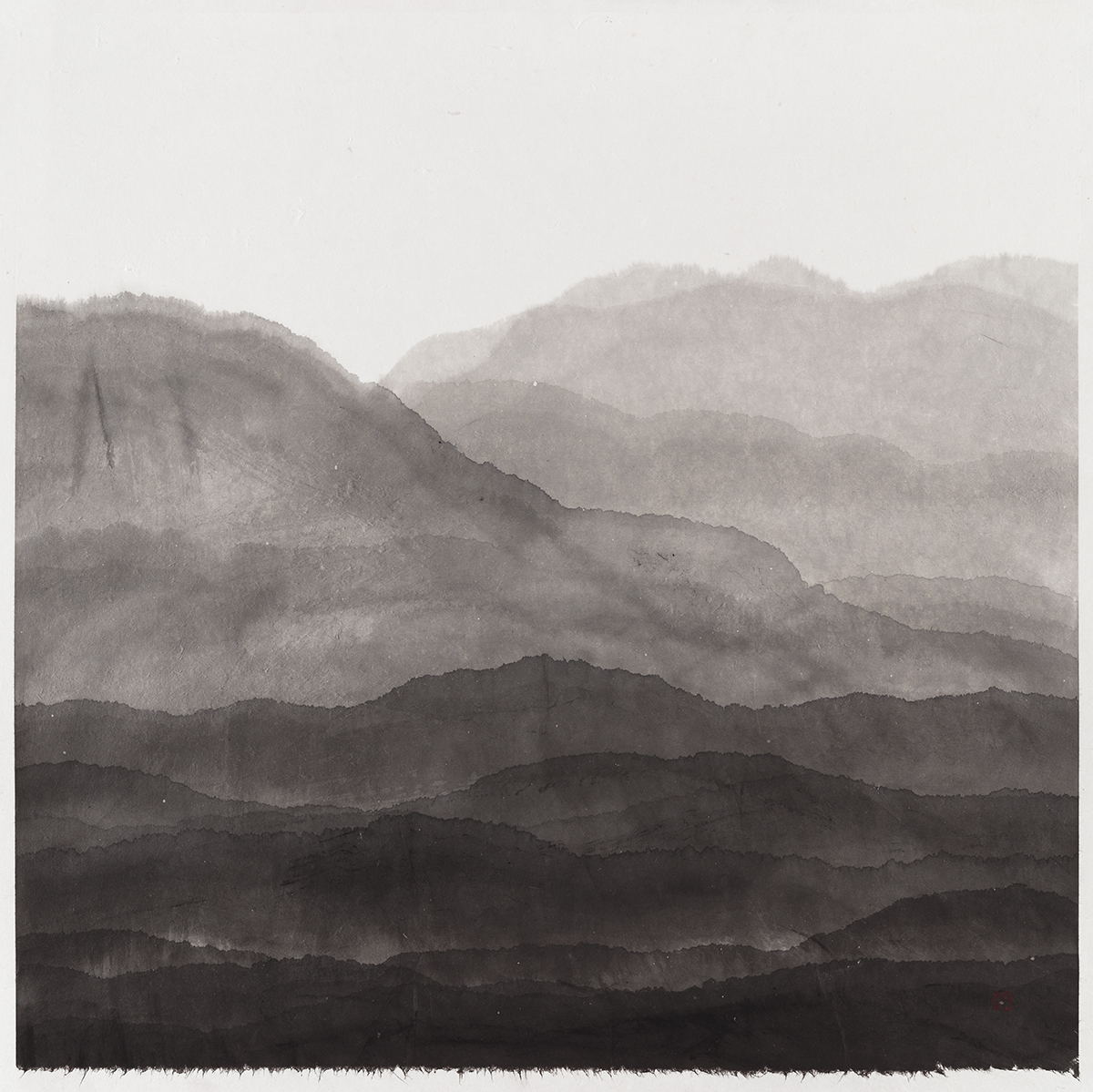
Mountain by Minjung Kim from the Waldorf Astoria collection
6. Where’s your favourite place in the world to see art?
Basically wherever I happen to be. I love seeing art being lived with in private homes. My favourite museum is the Neue Galerie in New York. The quality of the art is breathtaking and the scale is intimate enough to make you feel as if you are in a private home.
Find out more about Simon de Pury’s work and the restoration of Waldorf Astoria: waldorftowers.nyc



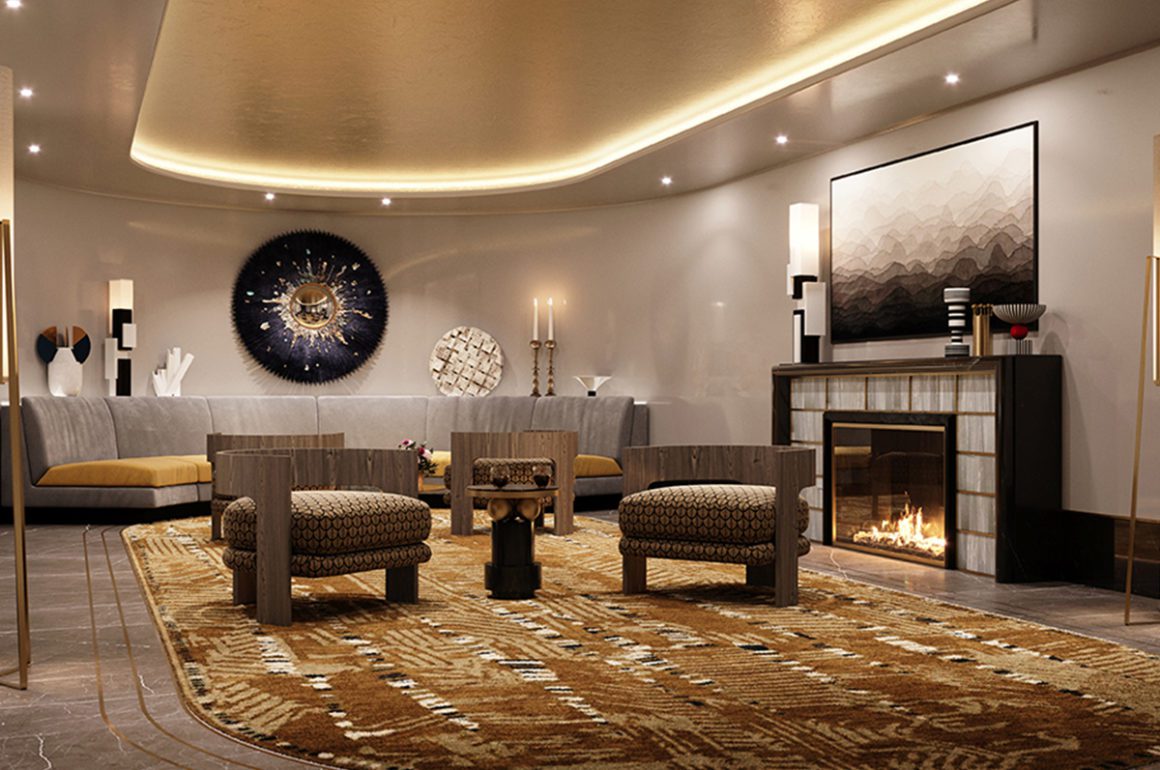
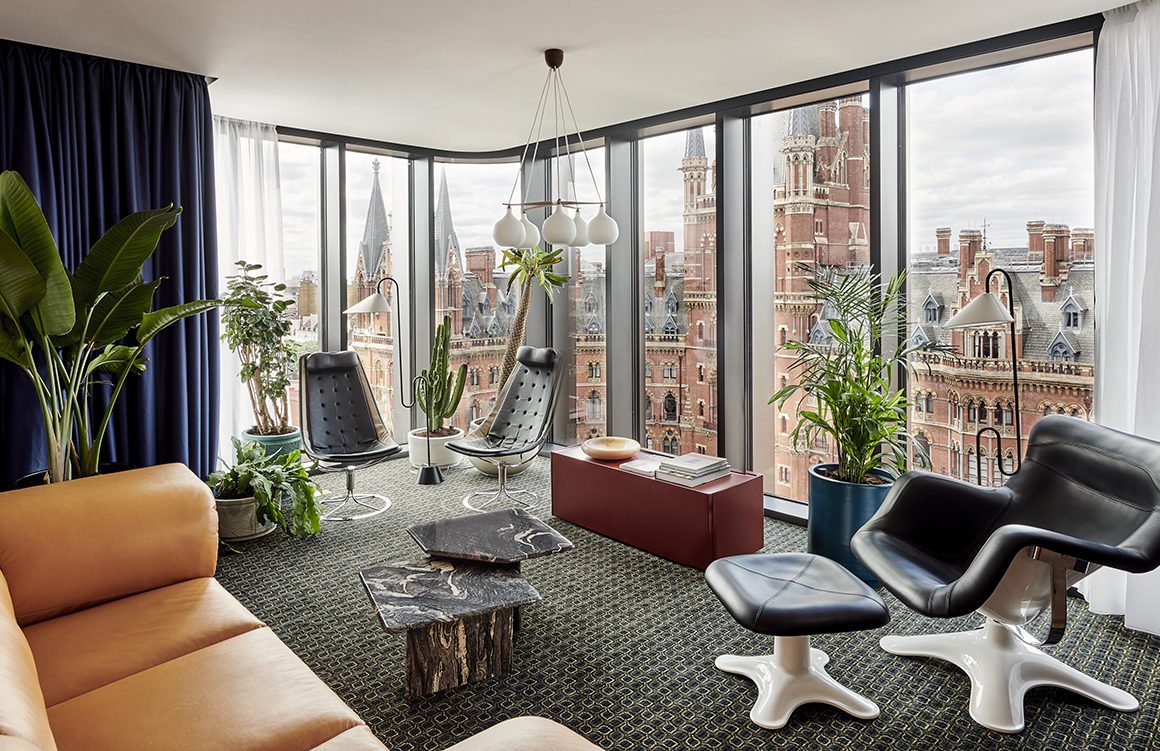
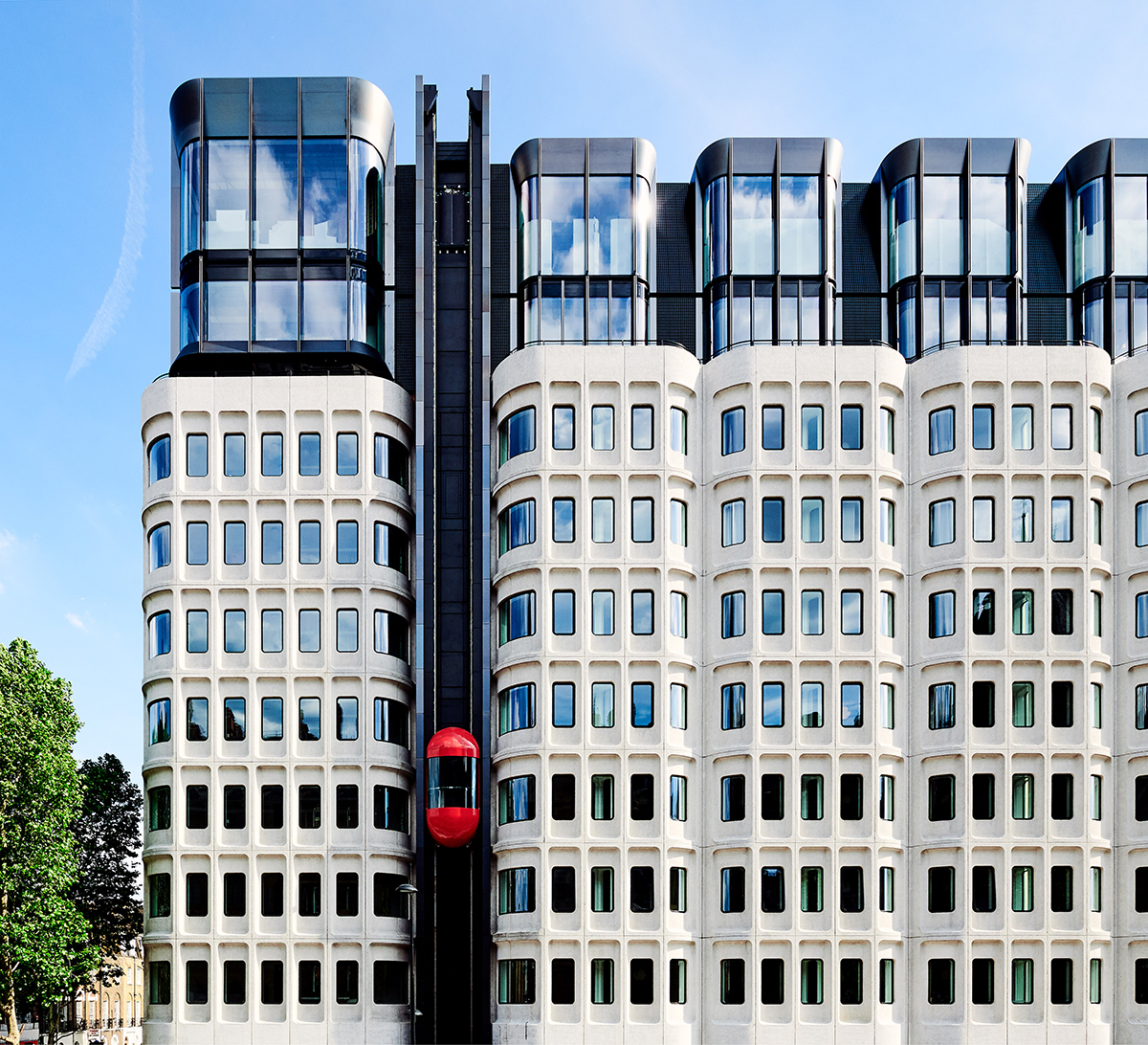
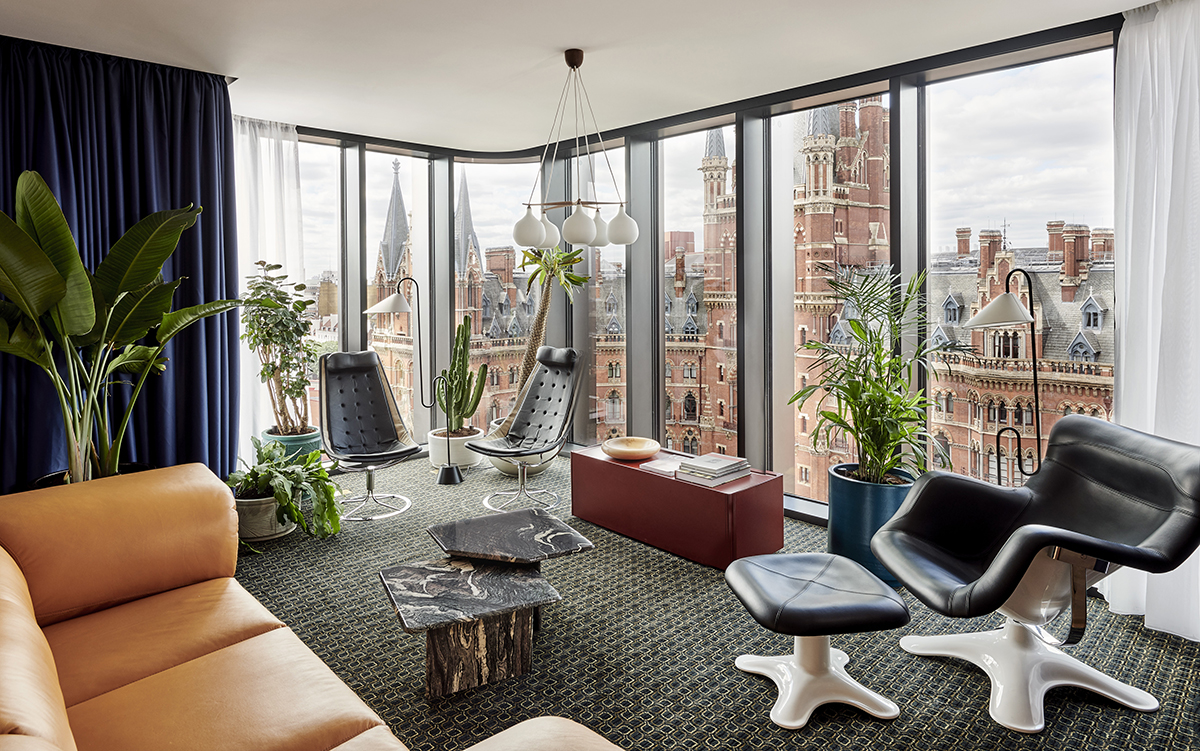
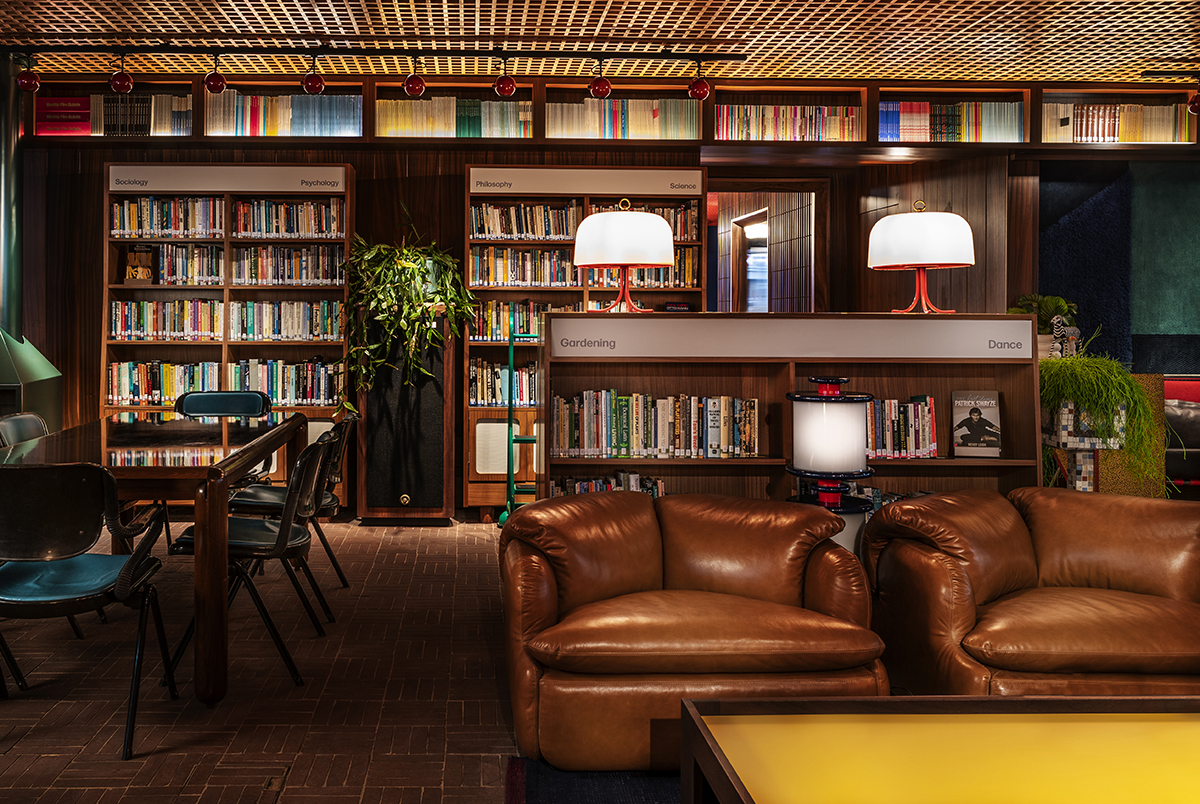
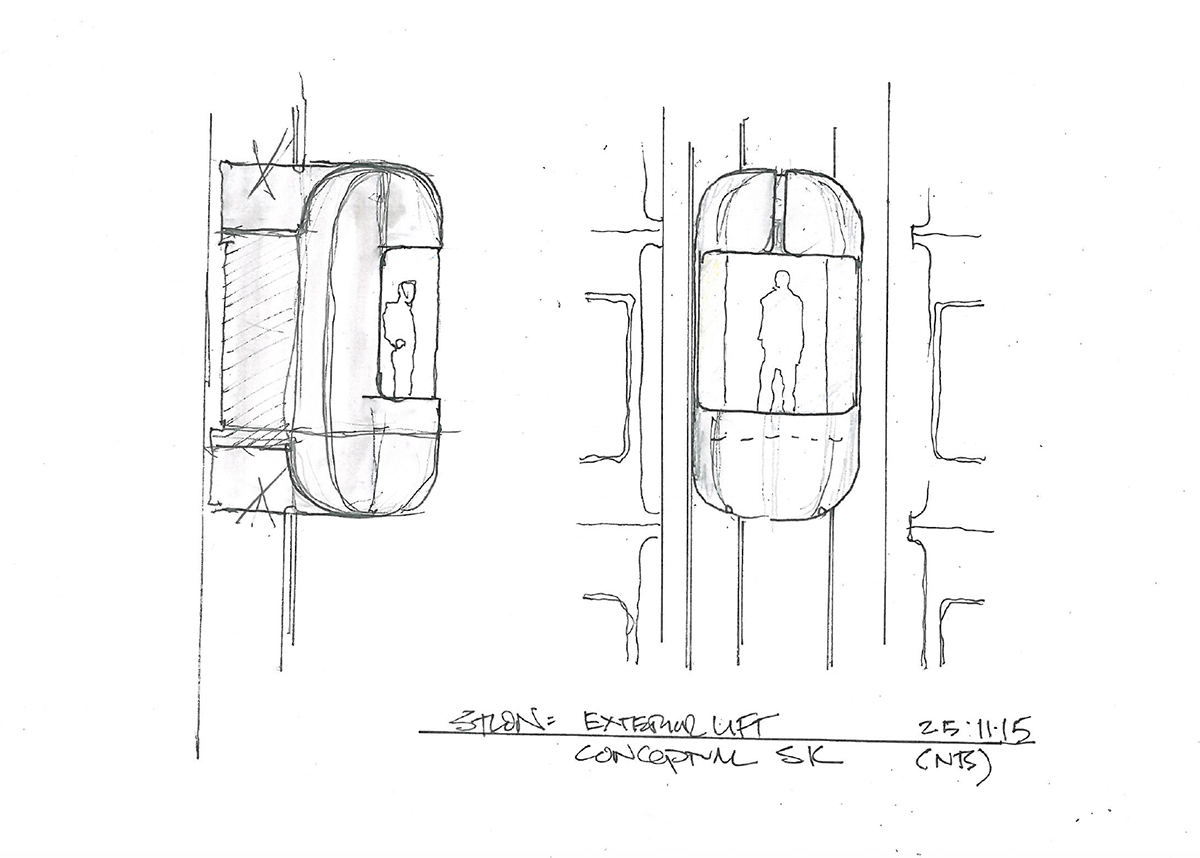
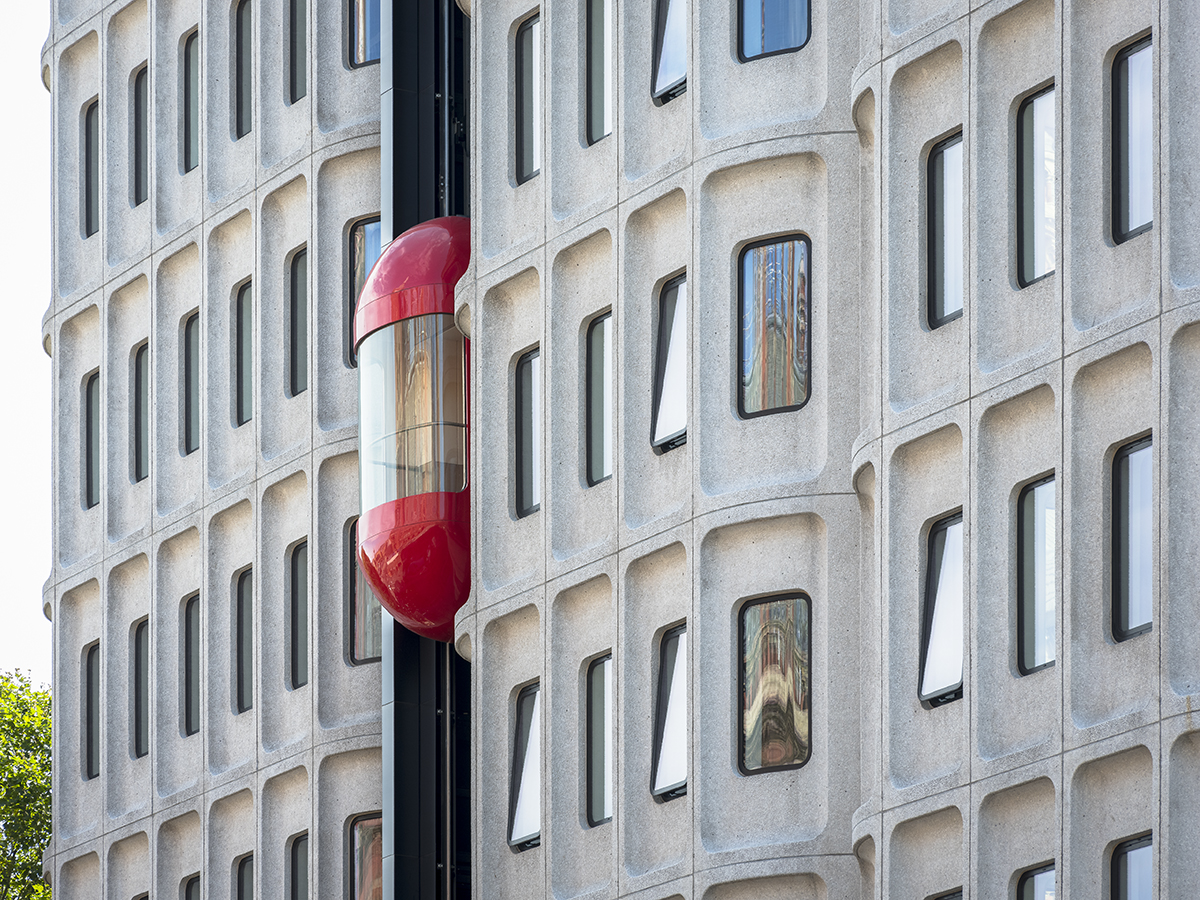





Recent Comments